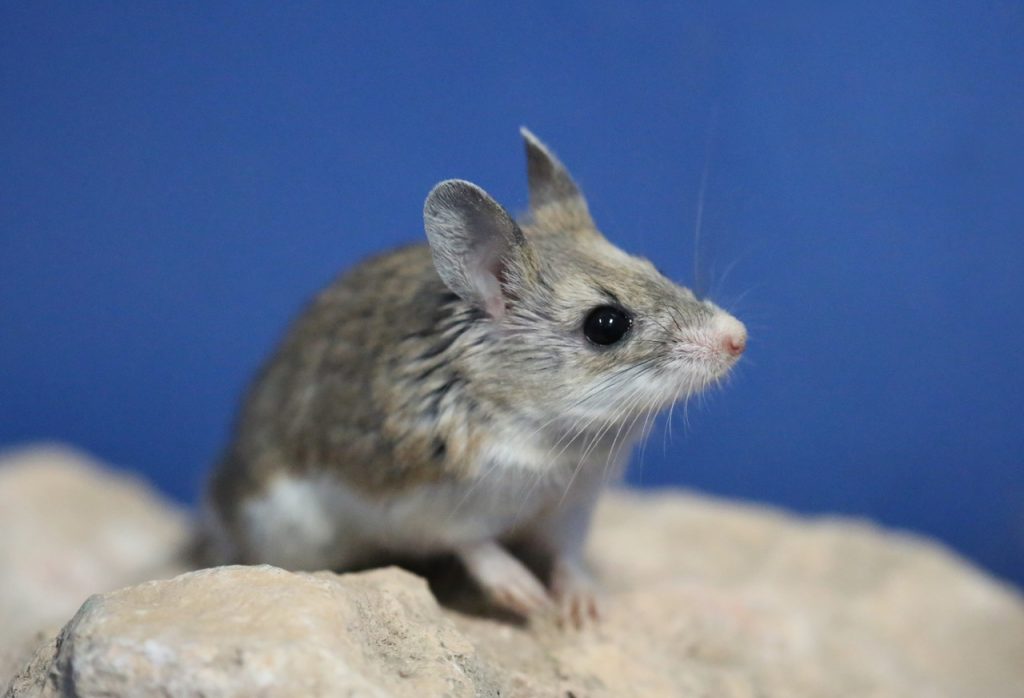By Lara M. Schmit
Merriam-Powell Center for Environmental Research
Grasshopper mice (genus Onychomys), rodents known for their remarkably loud call, produce audible vocalizations in the same way that humans speak and wolves howl, according to new research published in Proceedings of the Royal Society B. Grasshopper mice employ both a traditional whistle-like mechanism used by other mice and rats and a unique airflow-induced tissue vibration like that of humans.
Researchers from Northern Arizona University, Midwestern University at Glendale and Ritsumeikan University in Japan used heliox experiments, laryngeal and vocal tract morphological investigations and biomechanical modelling to investigate how grasshopper mice produce spectacular long-distance calls.
“Our findings provide the first evidence of a mouse that produces sound like humans and sets the stage for studies on vocal injuries and aging,” said lead author Bret Pasch, NAU assistant professor and Merriam-Powell Center affiliate. “Moreover, the research provides a baseline for a larger comparative analysis of vocalizations in rodents, which comprise more than 40 percent of mammalian diversity but whose many voices remain undiscovered.”
Grasshopper mice are predatory rodents that inhabit deserts, grasslands and prairies of the western United States and northern Mexico. Like most mice, grasshopper mice produce ultrasonic vocalizations above the range of human hearing in close-distance social interactions through whistle-like mechanisms.
Unlike other mice, grasshopper mice also produce long-distance audible vocalizations, or advertisement vocalizations. Naturalist Vernon Bailey described the call of grasshopper mice as a “wolf’s howl in miniature.” Both male and female animals often assume an upright posture and open their mouths widely to generate a loud call that may carry more than 100 meters. Grasshopper mice have relatively large home ranges, so their calls serve as a mechanism to detect mates and competitors across large distances.
Imaging the voice box of grasshopper mice revealed a thin layer of connective tissue and a tiny structure called a vocal membrane previously only described in detail in echolocating bats. In addition, the mice possess a bell-shaped vocal tract, similar in shape to a loudspeaker, which increases vocal intensity, just like opera singers.



